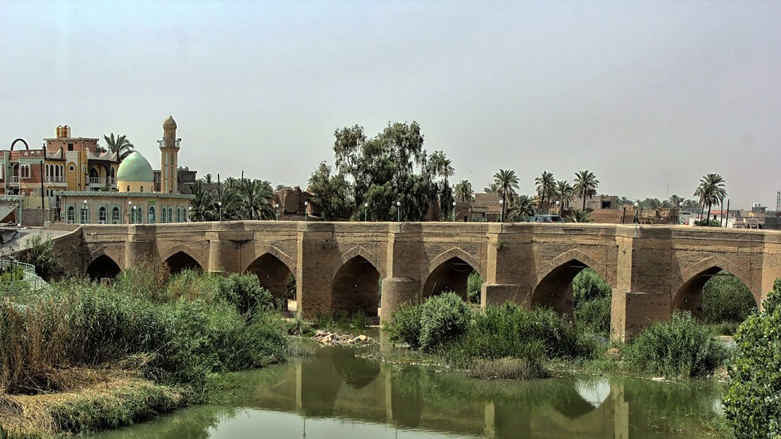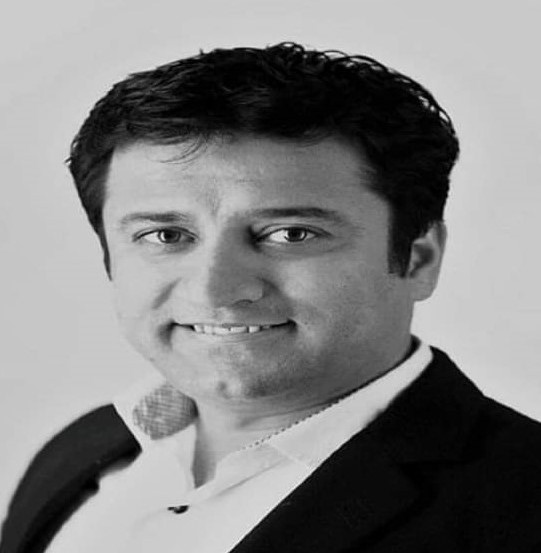Khanaqin: an invisible Kurdish city

Khanaqin is located at the southernmost point in the Kurdistan Region, 8 kilometers (5 miles) from the Iranian border. It is 78 km (48 miles) from Kalar and 210 km (130 miles) from Sulaimani.
Iranian pilgrims visiting Iraq's holy Shiite shrine cities of Najaf and Karbala often travel through Khanaqin. The city suffered greatly during the Iraq-Iran War (1980-88), which displaced thousands of its residents.
More recently, the Iraqi government and the autonomous Kurdistan Regional Government (KRG) have disputed ownership of the oil income from Khanaqin. Baghdad controls Khanaqin oil income, but the Kurdish government has contested it since Khanaqin has a Kurdish-majority population.
Approximately 250,000 people live in the city.
"Khanaqin can be amazing as it has much potential," Fazil Kareem, a local Kurdish teacher from the city, told Kurdistan24.
"It has several attractive sites, and it is a rich city."
Khanaqin's Naft Khana oil field is capable of producing at least 20,000 barrels per day, according to local oil experts.
"This small city is very rich with oil, but the political issue hinders its progress," said Wahid Akram, an oil expert in Khanaqin.
If outstanding oil and political issues are resolved, Khanaqin can become a unique touristic city in Kurdistan and Iraq.
The city is divided in two by the Alwan River. A historical bridge, Alwan Bridge, connects the two parts of the city.
Alwan Bridge, locally called Kopre, is one of the most ancient sites in the city. It was built in 1890. The Kurdish government has renovated the bridge, saving it from collapse.
Khanaqin is a safe haven for different nationalities and religions. Muslims, Christians, Kurds, Arabs, Turkmen, and Armenians live together there. However, during the 1950s, the Iraqi regime forced out the 700 Jewish families who lived in the Jewish quarter, locally called Jewlakan. They all went to Israel.
"Those Jewish families spoke Aramaic in addition to Arabic and Kurdish," said Hisham Abdulla, a local historian. "The Jews of Khanaqin were iron and cloth merchants, shopkeepers, and moneychangers."
"They were living peacefully here."
There is an Armenian Church in Khanaqin. It is still in use, though it was partially destroyed during the Iraq-Iran war. Armenians from the city and surrounding areas come to the church for weddings and social events.
"It is a vibrant city, but it needs services," said Kareem. "It is a nice city, but we need more support from the government."
According to the local historian Abdulla, there is a Polish Cemetery in Khanaqin. It was established during the Second World War in 1942 after Polish Servicemen who were taken prisoner in Russia made the long journey to join British forces in Iraq. Many died on that journey. That is why hundreds of Poles were buried in Khanaqin.
"There are 439 Polish servicemen buried in Khanaqin," said Abdulla.
There was also a French school in Khanaqin established in 1911 as a coeducational school in the town. Up to 200 students attended the school.
